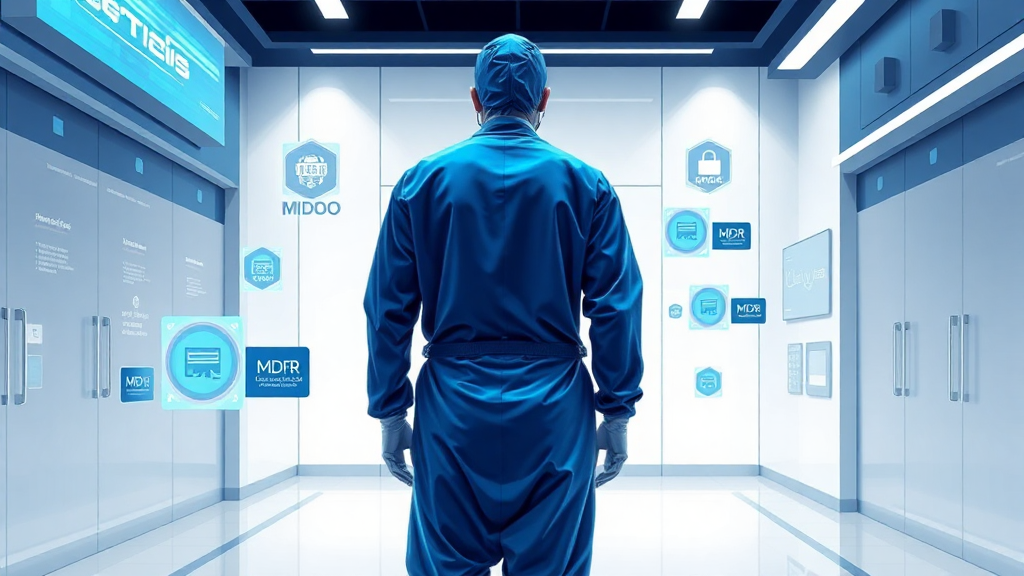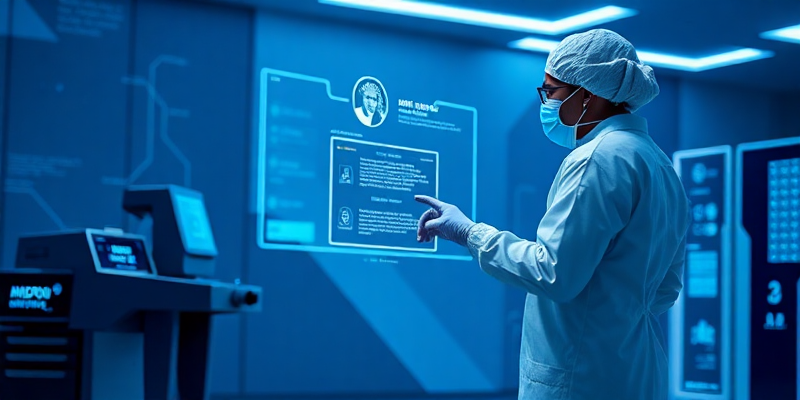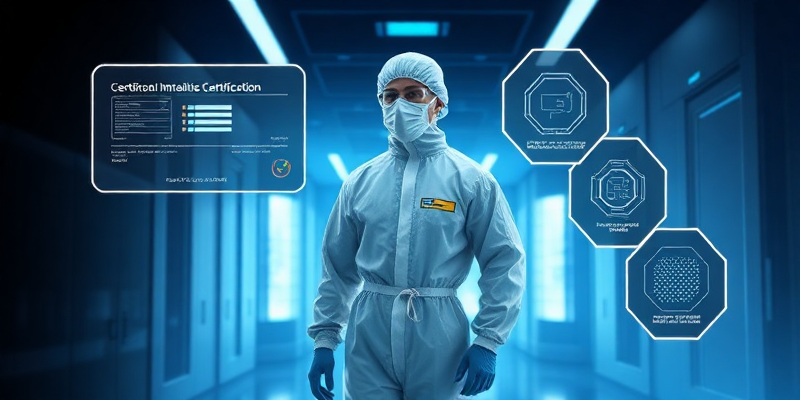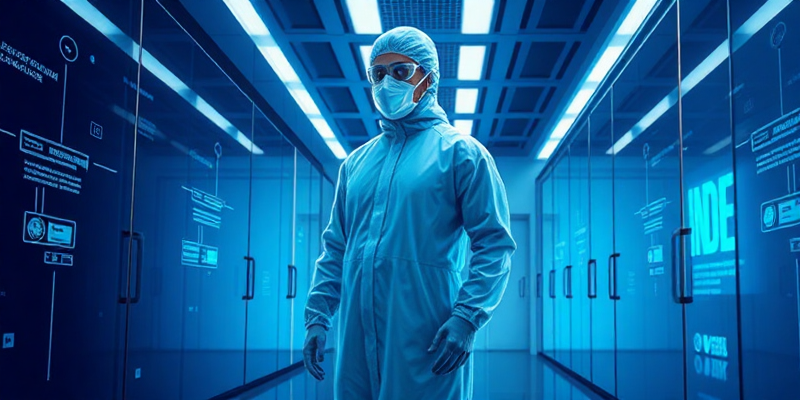“`html
Navigating Cleanroom Gown Certifications for MDR/IVDR Compliance
Introduction
In today’s rapidly evolving regulatory landscape, cleanroom gown certifications represent far more than a compliance checkbox—they’ve become a strategic differentiator that can either accelerate or impede market access. The transition from MDD to MDR and from IVDD to IVDR has fundamentally altered the certification paradigm, creating a complex web of requirements that many manufacturers struggle to navigate efficiently.
What’s often overlooked is how these certification processes can be transformed from burdensome obligations into strategic advantages. While competitors focus merely on meeting minimum requirements, forward-thinking companies are leveraging advanced certification strategies to reduce time-to-market, optimize resource allocation, and create sustainable competitive advantages in global markets.
The challenge lies not just in understanding the technical requirements of MDR/IVDR for cleanroom gowns, but in implementing systems that can adapt to evolving standards while maintaining operational efficiency. This is where innovative approaches to certification—built on scalable technologies and expert guidance—are creating new possibilities for regulatory affairs specialists who need to balance compliance with commercial imperatives.
Understanding MDR/IVDR Requirements for Cleanroom Gowns
Key Differences Between MDR and IVDR for Cleanroom Gowns
The transition from MDD to MDR and IVDD to IVDR represents more than incremental regulatory changes—it’s a fundamental shift in how cleanroom gowns are classified, evaluated, and certified. Under MDR, cleanroom gowns used in surgical settings now face heightened scrutiny regarding material biocompatibility and barrier effectiveness, with particular emphasis on demonstrating clinical performance through post-market surveillance.
IVDR, meanwhile, introduces a risk-based classification system that affects cleanroom gowns used in diagnostic environments. The critical distinction lies in how these regulations approach risk management: MDR focuses on patient safety outcomes, while IVDR emphasizes diagnostic accuracy and reliability. This nuanced difference requires manufacturers to develop certification strategies that address both frameworks simultaneously when products cross these regulatory boundaries.
Impact on Legacy Products
Legacy cleanroom gowns face particularly challenging hurdles under the new regulatory frameworks. Products previously certified under MDD/IVDD must now demonstrate compliance with significantly more rigorous technical documentation requirements, including comprehensive risk management files and clinical evaluation reports that meet heightened evidentiary standards.
The economic implications are substantial—recertification costs for legacy products can increase by 30-45% under MDR/IVDR compared to previous frameworks. This creates a strategic inflection point where manufacturers must decide whether to invest in bringing legacy products into compliance or redirect resources toward developing new products designed specifically for the current regulatory environment.
Aligning Certifications with Global Standards
The strategic advantage lies in developing certification approaches that simultaneously address MDR/IVDR requirements while positioning products for global market access. This requires mapping certification evidence across multiple regulatory frameworks—identifying overlaps between EU requirements and those of other major markets like the US FDA, Japan’s PMDA, and China’s NMPA.
By implementing a global certifications strategy that leverages common data points across regulatory frameworks, manufacturers can reduce redundant testing and documentation by up to 40%. This approach transforms certification from a series of isolated compliance exercises into an integrated global strategy that maximizes return on regulatory investments.
Innovative Solutions for Cost-Effective Certifications
How Midposi.com’s Technology Reduces Certification Costs
Traditional certification approaches often involve fragmented processes that create redundancies and inefficiencies. Midposi.com’s technology platform fundamentally reimagines this approach by implementing a unified data architecture that centralizes all certification-related information. This creates a single source of truth that eliminates documentation inconsistencies—a common cause of certification delays and additional costs.
The platform’s intelligent document management system automatically identifies documentation gaps and suggests remediation strategies based on successful certification precedents. This proactive approach reduces the iterative cycles with Notified Bodies, which typically account for 25-35% of certification timelines and costs.
Scalable Solutions for Small to Large-Scale Operations
Scalability in certification processes is particularly challenging for manufacturers with diverse product portfolios. Midposi.com addresses this through a modular certification framework that allows companies to standardize core documentation elements while customizing product-specific components. This approach enables economies of scale in certification processes regardless of organizational size.
For smaller manufacturers, the platform provides templated approaches that incorporate best practices from successful certifications, effectively democratizing access to regulatory expertise. Larger organizations benefit from enterprise-level data integration capabilities that connect certification processes with quality management systems, creating operational efficiencies that reduce certification costs by up to 30%.
Case Examples of Streamlined Certification Processes
A mid-sized cleanroom gown manufacturer recently leveraged Midposi.com’s platform to transition five legacy products to MDR compliance. By implementing the platform’s gap analysis tools and remediation workflows, they reduced their certification timeline from an estimated 18 months to just 11 months. The key efficiency gain came from the platform’s ability to repurpose existing test data and documentation in formats specifically aligned with Notified Body expectations.
Another manufacturer utilized the platform’s comparative regulatory analysis tools to simultaneously prepare submissions for EU MDR and US FDA 510(k) clearance. This parallel approach reduced their global certification timeline by 35% compared to sequential submissions, creating significant competitive advantages in time-to-market.
Emerging Trends in Cleanroom Gown Certifications
The Role of AI and Automation in Certification Processes
Artificial intelligence is transforming certification processes through predictive analytics that can identify potential compliance issues before they become certification obstacles. Advanced algorithms now analyze historical certification outcomes to predict Notified Body questions and concerns, allowing manufacturers to proactively address these issues in initial submissions.
Automation is similarly revolutionizing documentation management by continuously monitoring regulatory updates and flagging potential impacts on existing certifications. This shift from reactive to predictive compliance management reduces certification risks while optimizing resource allocation.
Sustainability Considerations in Cleanroom Gown Materials
Environmental sustainability is increasingly influencing certification strategies as regulatory frameworks begin incorporating eco-design principles. Forward-thinking manufacturers are proactively addressing these emerging requirements by developing cleanroom gowns with reduced environmental footprints—utilizing biodegradable materials and implementing closed-loop recycling systems.
These sustainability initiatives are creating certification advantages by anticipating regulatory trends, particularly in European markets where environmental impact is becoming a formal consideration in conformity assessments. Manufacturers who integrate sustainability into their certification strategies now will likely face fewer regulatory hurdles as these requirements formalize in coming years.
Future-Proofing Certifications for Evolving Regulations
The regulatory landscape continues to evolve, with amendments to MDR/IVDR already under consideration. Future-proofed certification strategies incorporate flexibility by designing documentation architectures that can adapt to regulatory changes without requiring complete recertification.
This approach involves implementing modular technical documentation that isolates elements most susceptible to regulatory changes, making targeted updates more efficient. Manufacturers who adopt these forward-looking certification strategies can reduce the impact of regulatory changes by up to 60% compared to traditional approaches.
Overcoming Common Challenges in Certification Transitions
Addressing Documentation Gaps for Legacy Products
Legacy products often face documentation deficiencies when transitioning to MDR/IVDR, particularly regarding clinical evidence and risk management. Midposi.com’s platform implements a structured gap analysis methodology that identifies documentation weaknesses and prioritizes remediation efforts based on certification impact.
The platform’s knowledge base provides targeted solutions for common documentation gaps, including approaches for leveraging existing market data to support clinical evaluation when direct clinical studies are impractical. This evidence-based approach has helped manufacturers successfully transition legacy products that initially appeared to have insurmountable documentation challenges.
Ensuring Cross-Border Compliance for Global Markets
Global market access requires navigating increasingly complex and sometimes contradictory regulatory requirements.
Часто задаваемые вопросы
What are the main differences between MDR and IVDR?
How can manufacturers streamline the certification process?
What role does technology play in certification?
“`












